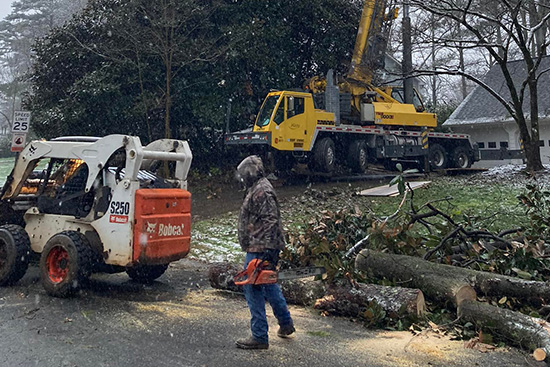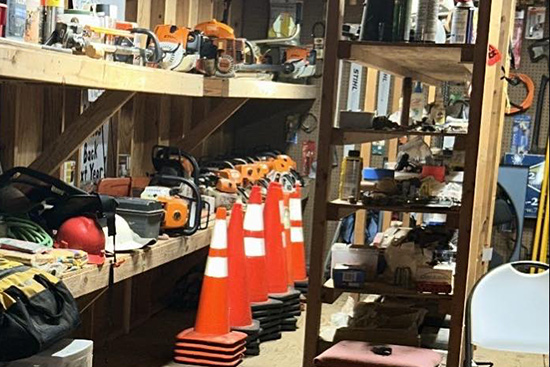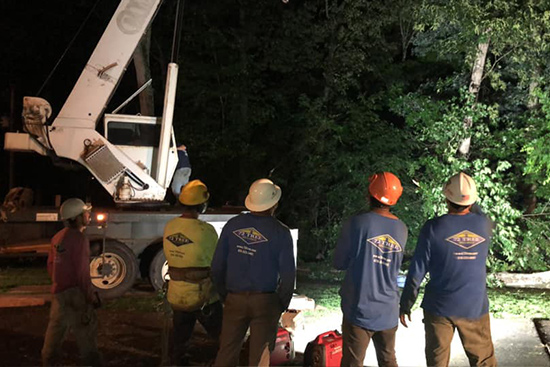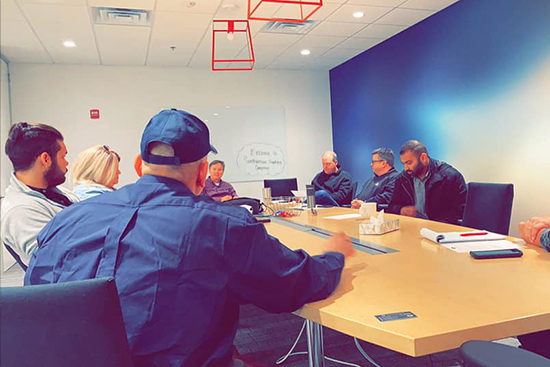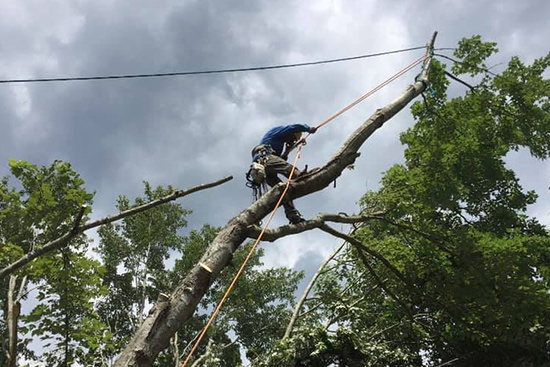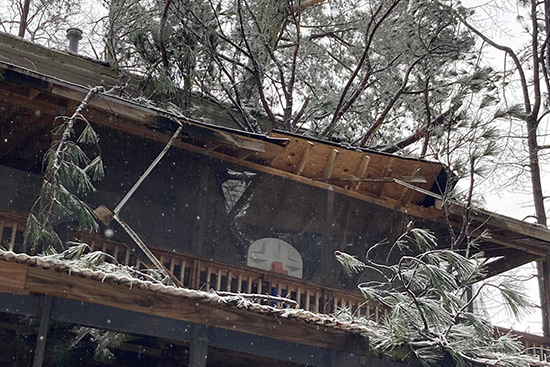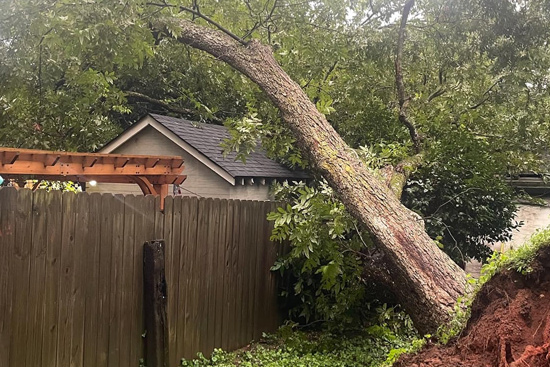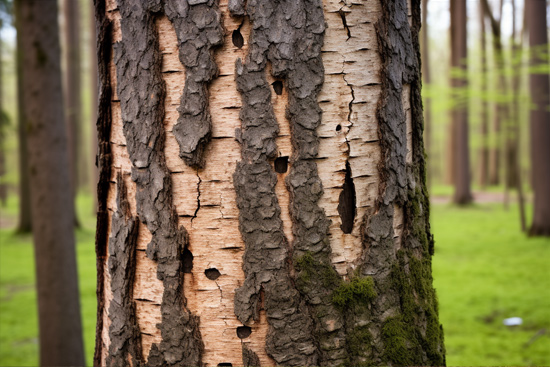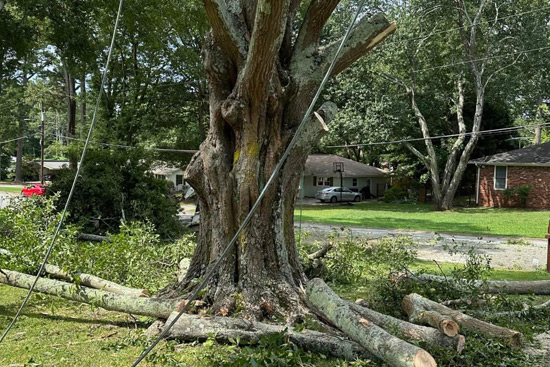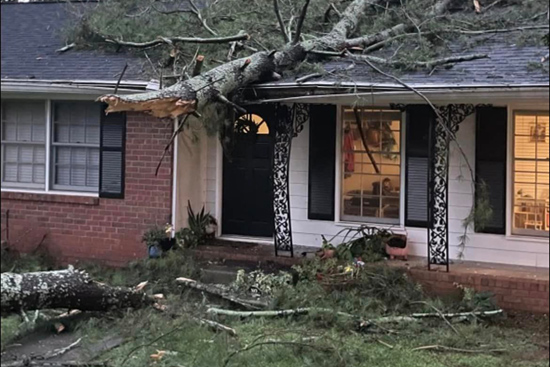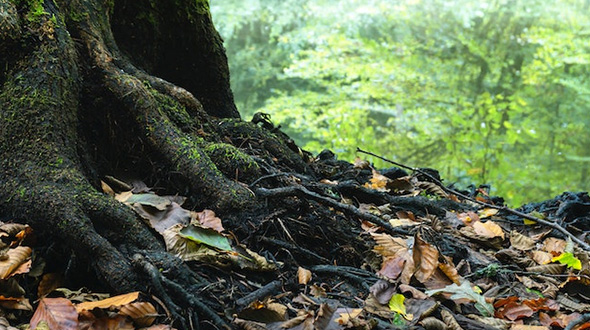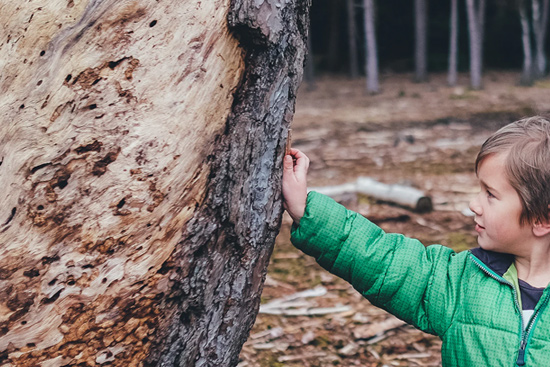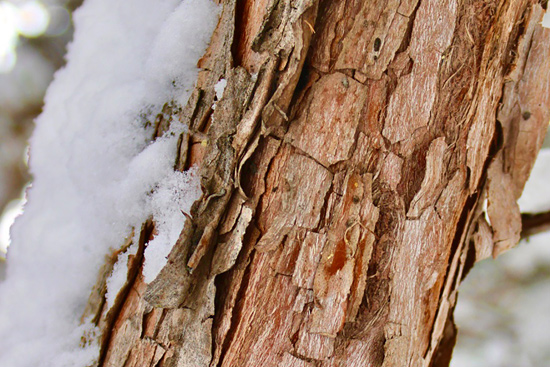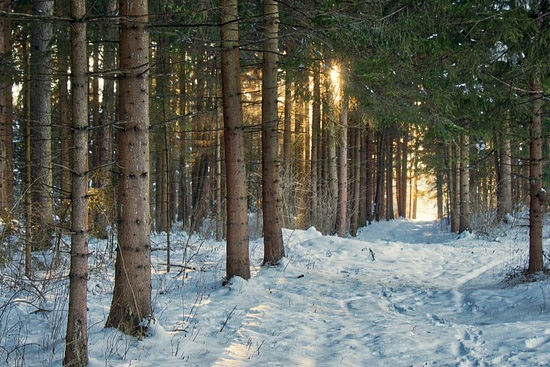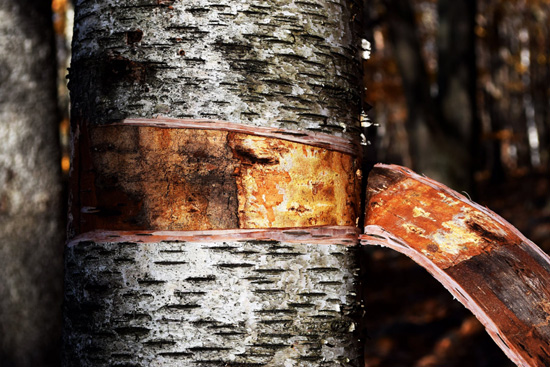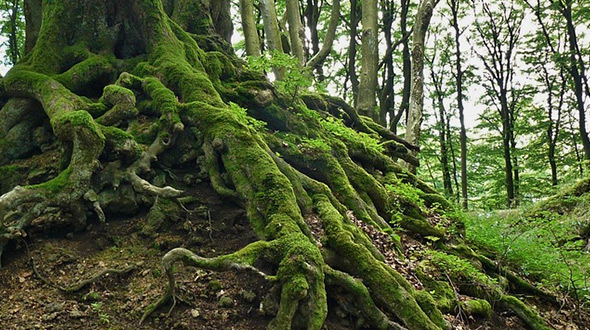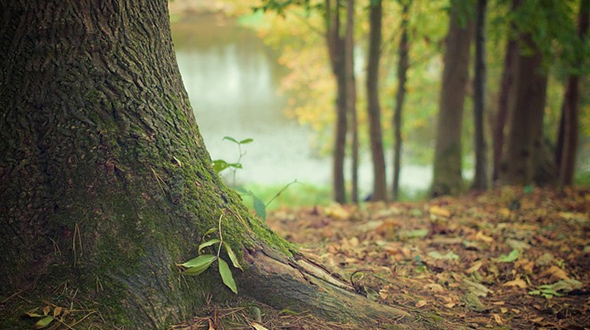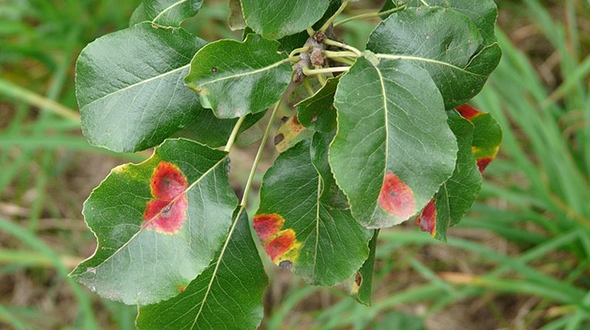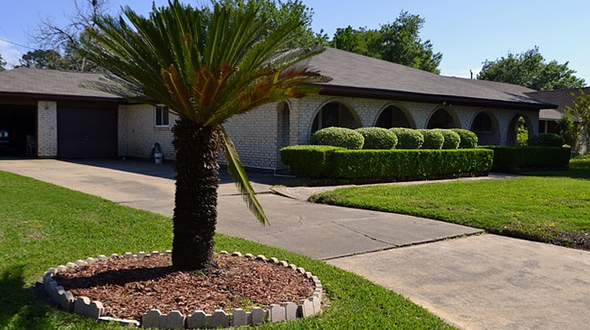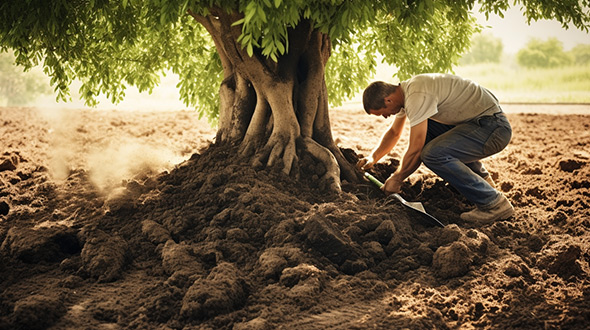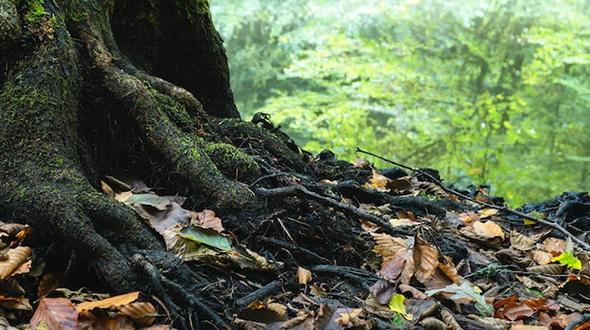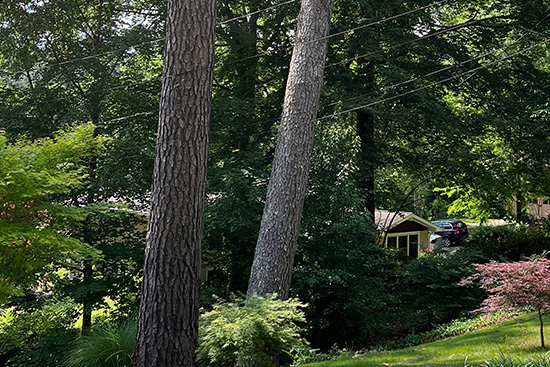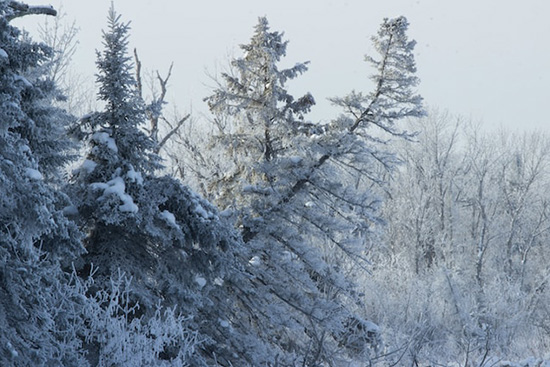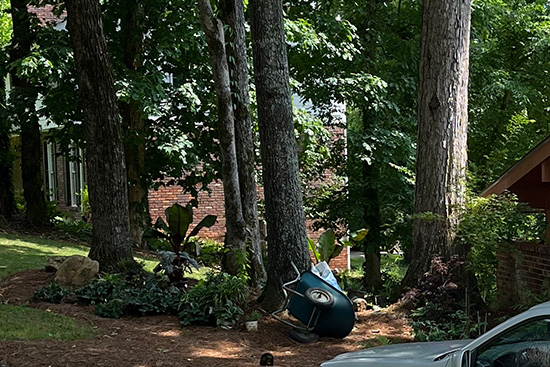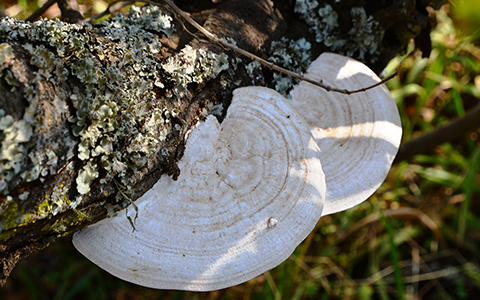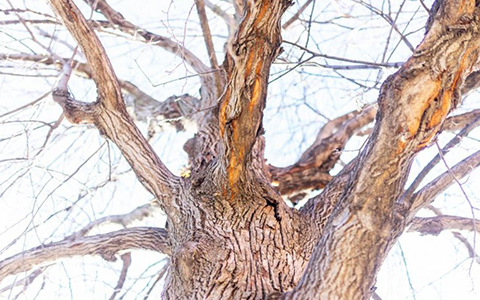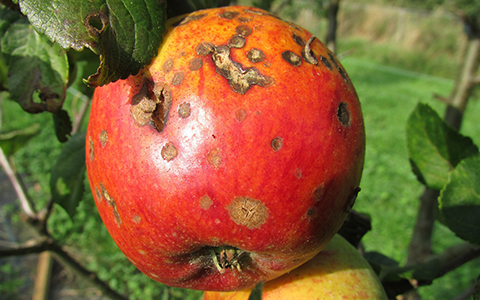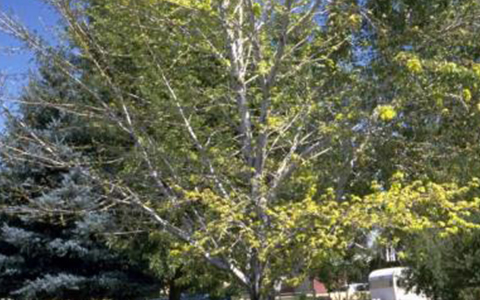You know it's time to remove a tree, but you're taken aback by the cost of tree removal services. It can be perplexing why tree removal can be so expensive when it seems as simple as "just cut the tree down." The work is typically much more involved than just firing up a chainsaw and the tree landing in the perfect spot.
So why is tree removal so expensive? In this blog post, we'll explore the factors contributing to the cost of tree removal, including the intricacies of the process, risks and hazards, insurance, licensing, and labor costs. By the end, you'll better understand what goes into the price tag of professional tree removal services.
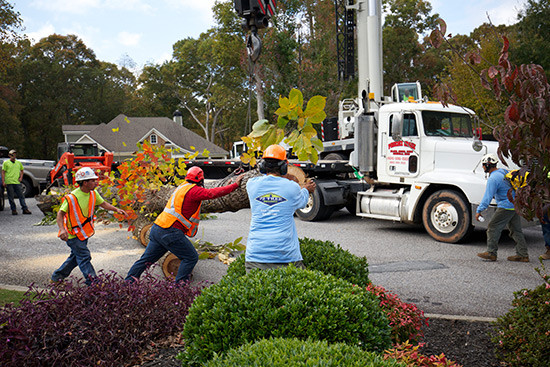
Key Tree Removal Pricing Takeaways
• Tree removal is an intricate process requiring specialized equipment and cutting techniques.
• Risks, hazards, insurance, licensing, and certification requirements increase tree removal costs.
• Location accessibility, risks and hazards, stump grinding costs, debris removal, dumping & emergency tree removal services also affect the price.
The Intricacies of Tree Removal
Tree removal is far from a simple task. It involves a complex process requiring specialized equipment, cutting techniques, and careful planning to navigate power lines and structures. The cost of tree removal is influenced by the time and effort necessary to ensure the job is done safely and efficiently, as well as the professionals' expertise.
A thorough understanding of the complexities involved in tree removal can help illustrate the factors that drive its cost.
Specialized Equipment
A significant aspect that heavily impacts the cost of tree removal is the need for specialized equipment. Aerial lifts or cranes are typically used to ensure safe access to the tree during tree work, such as tree removal or pruning. These machines can be expensive to acquire and maintain, with some arborists investing from $100,000 to $1,000,000 in specialized equipment, including personal protective equipment, ropes, and harnesses.
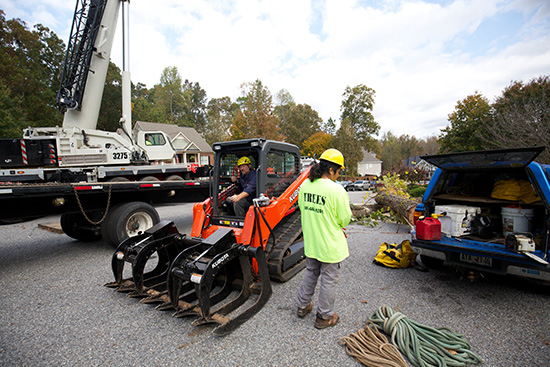
Using specialized equipment often necessitates additional measures, such as implementing traffic control on busy streets and obtaining permits, which can increase costs. The use of equipment can facilitate the completion of a job in a timely and safe manner; however, certain equipment may not be suitable for certain sites, leading to an increase in the complexity of the task and, consequently, the cost.
Cutting Techniques
The cost of tree removal is also significantly influenced by the cutting techniques employed. Understanding how the tree supports itself during removal is essential to prevent dropping entire tree sections onto the property or into traffic. Various cutting techniques are used based on the type of tree, such as:
• Bore Cut
• Domino Felling
• Conventional Cut
• Humboldt Standard Cut
• Tongue and Groove Cut
• Quartering Technique
Choosing a cutting technique that aligns with the tree's attributes and the expected outcome is critical to a safe and efficient removal process. Some preferred methods for tree cutting include:
• Undercutting: This method provides greater control over the direction in which the tree falls, increasing safety and control.
• Directional felling: This technique involves cutting a notch on the side of the tree facing the desired direction of fall and then making a back cut on the opposite side to guide the tree's fall.
• Topping: This method involves removing the upper portion of the tree, usually to reduce its height or remove dead branches.
The tree's natural lean is also an important factor in deciding the cutting technique, as it determines the direction in which the tree should be felled.
The years of experience and crew expertise to know the proper cutting technique and approach to ensure a safe removal is a large factor in the expense of tree removal.
Power Lines and Structures
The need to maneuver around power lines and structures escalates the complexity and cost of tree removal. When a tree is close to buildings, power lines, or other structures, specific techniques such as utilizing cranes or removing the tree in segments may be required to prevent damage to the structures. The standard procedure for tree removal near power lines requires specialized, non-conductive equipment and skilled training, adhering to guidelines established by organizations such as OSHA and the International Society of Arboriculture.
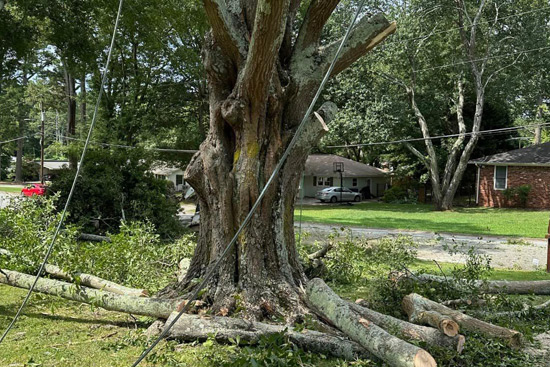
Removing trees near buildings poses several potential risks and considerations, such as:
• Structural damage
• Falling branches
• Damage to utilities
• Impact on neighboring properties
Proper planning and tree care performed properly, including tree trimming, are necessary to ensure the tree removal process is done correctly, mitigating risks and maintaining safety. Navigating these factors largely impacts the cost of this type of job.
Managing Tree Risks and Hazards
The associated risks and hazards also impact the cost of tree removal. Dead trees, falling branches, and compromised trees are all potential hazards that make the job dangerous and require experienced professionals to manage.
Examining these hazards in greater detail can shed light on their contribution to the tree removal cost.
Dead Trees
Dead trees are particularly hazardous during tree removal due to their brittleness and inflexibility, making it challenging to direct the fall and resulting in broken branches being thrown in an unpredictable manner. Senescence, or deterioration with age, affects trees in various ways, such as loosening bark, vertical cracks, and thriving fungi communities on dead wood.
The tree service and arborist assess the risk associated with removing a dead tree by:
• Examining the tree for indications of structural instability
• Evaluating its proximity to buildings or targets
• Assessing its overall condition
• Analyzing the likelihood of branch failure
The increased risks associated with dead tree removal make it a more costly endeavor when compared to removing a healthy tree.
Falling Branches
Falling branches pose another hazard in tree removal. To ensure the safe removal of tree branches, regular pruning, removal of dead limbs, and tying ropes for support may be utilized. The size and type of branches can substantially influence the potential for falling during tree removal. Heavier branches are more likely to cause destruction or harm if they fall, while lighter branches may present a lower risk.
Weather conditions, such as rain storms, strong winds, and extreme weather events, can significantly increase the risk of falling branches during tree removal. Taking these factors into account and properly assessing the state and stability of branches before removing a tree is crucial in reducing the chances of falling branches and the associated costs.
Compromised Trees
Compromised trees, or those that have been weakened or had their structural integrity diminished, may present a risk of falling or causing damage and may necessitate proactive measures, such as remedial interventions, to mitigate potential hazards. Weather or environmental damage, such as excessive rainfall, climate change, storms, drought, flooding, and exposure to chemicals like pesticides and salt, can affect tree growth and productivity, causing physical damage.
The type and health of the tree can significantly affect the complexity of removal, as diseased or decaying trees may be structurally unstable, requiring additional precautions. In some cases, the presence of pests or diseases may necessitate specialized equipment or techniques for removal. Understanding the risks associated with compromised trees and taking appropriate measures to address them is crucial in managing tree removal costs.
Insurance, Licensing, and Certification
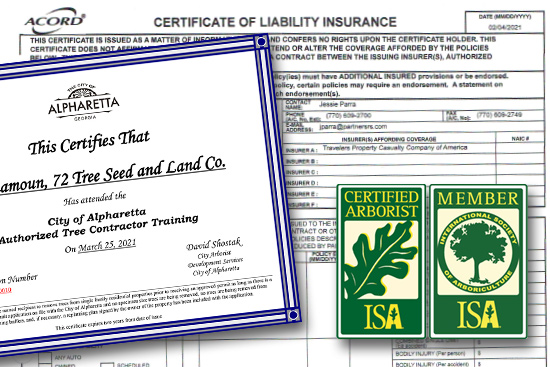
Insurance, licensing, and certification requirements also contribute to the overall expense of tree removal services. These requirements ensure the safety of workers and clients in the event of accidents or property damage and guarantee that tree removal services are performed by trained and experienced professionals who adhere to industry standards.
These safety and protective aspects warrant a more detailed discussion and understanding.
Insurance Requirements
Proper insurance is essential for tree removal services. General liability insurance and professional liability insurance are typically always required. A business owner's policy, commercial auto insurance, and workers' compensation insurance are next up on the list. The coverage amount is the maximum payout their insurance will pay, so consider the tree companies' coverage; at a minimum, it should range between $500,000 and $2 million to protect against potential lawsuits for property accidents, personal injury, and death.
The typical cost of liability insurance for tree removal companies can vary from $2,000 to $10,000 annually, depending on the size of the company and the required coverage. This cost contributes to the overall expense of tree removal services, as companies must factor insurance premiums into their pricing.
Licensing and Industry Standards
Licensing is another important aspect of tree removal services, as it ensures that tree care professionals meet local and industry standards. The licenses required for tree removal services may vary by location, but generally, tree removal companies need to be licensed by their local jurisdiction. Operating a tree removal service without a license can result in fines and even incarceration.
Adhering to industry standards, such as OSHA's General Industry standards (29 CFR 1910) and ANSI A300 standards for tree pruning, is crucial for tree removal companies. Compliance with these standards ensures that tree removal is performed safely and effectively, minimizing risks and contributing to the overall cost of tree removal services.
Professional tree removal services that adhere to safety standards have to be trained, and this education is also factored into their pricing.
Certified Arborists and Treecare Safety Professionals
Certification is a crucial aspect of tree removal services, as it guarantees compliance with global standards for tree care and guards against potential damage to trees and property. Certified arborists and tree care safety professionals possess the necessary expertise to carry out tree work safely and effectively, ensuring that tree removal services are performed to the highest standards.
Organizations such as the International Society of Arboriculture (ISA) and the Tree Care Industry Association (TCIA) provide certifications for arborists and tree care professionals. These certifications not only bolster the credibility of tree care professionals but also contribute to the overall cost of tree removal services, as certified professionals may command higher fees due to their expertise and adherence to a particular Code of Ethics.
Labor Costs and Expertise
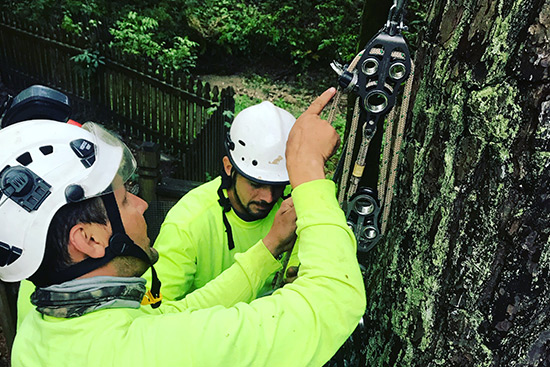
The overall cost of tree removal is significantly influenced by:
• Labor costs
• Expertise
• Skilled labor
• Ongoing training and education
• Workers' compensation insurance
All of these factors contribute to why tree removal services cost so much.
A closer examination of these aspects is warranted.
Skilled Labor
Skilled labor is a vital component in the total cost of tree removal. Tree removal laborers need to possess:
• A strong work ethic
• Physical stamina
• Proficiency in using hand tools
• Expertise in tree care techniques and safety procedures
The experience level of a tree removal laborer significantly affects the process and safety measures, with more experienced laborers being better equipped to handle the risks and challenges of tree removal.
Employing highly competent laborers for tree removal may result in higher costs, as their proficiency and knowledge are rewarded, particularly in tasks that involve risk and necessitate specialized knowledge. A laborer's skill level can considerably impact the cost of tree removal, as those with more experience and expertise are usually paid more than those with less experience.
Ongoing Training and Education
Ongoing training and education are essential for tree removal professionals to stay abreast of the most up-to-date techniques, safety protocols, and industry standards. Participation in ongoing training and education allows professionals to hone their skills, increase efficiency, and deliver superior service to their clients. Continuing education in the tree care industry is often mandatory for certification and credential maintenance.
Organizations such as ACRT Arborist Training and ArborMaster provide training for tree removal professionals. By pursuing ongoing training and education, tree removal professionals can ensure they remain at the cutting edge of their field, contributing to the overall cost of tree removal services.
Workers' Compensation Insurance
Workers' compensation insurance is an important factor in the cost of tree removal services. This type of insurance covers:
• Injuries and illnesses sustained by workers in the tree care profession
• Financial aid for medical costs
• Lost wages
• Rehabilitation costs caused by work-related incidents
Workers' compensation insurance to protect both the workers and the business is essential for any responsible service provider.
The premiums for workers' compensation insurance can be substantial in the tree service industry, ranging from $9.15 to $50 for every $100 of payroll. This cost is considered when calculating the pricing of tree removal services, thus contributing to their overall expense.
Additional Factors Affecting Cost
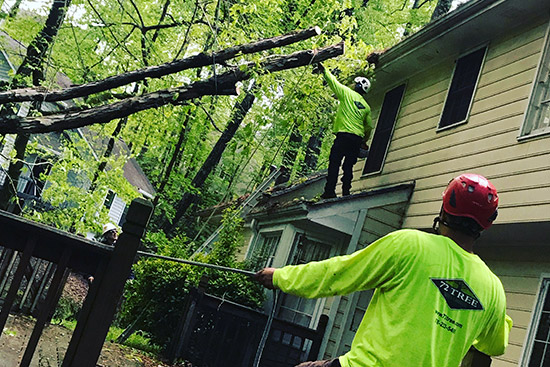
Other factors such as tree size and complexity, location, accessibility, debris removal, and stump grinding also influence the cost of tree removal.
The subsequent sections will delve into how these factors impact the overall cost of tree removal services.
Tree Size and Complexity
Tree size and complexity directly impact the cost of tree removal. Here are some factors to consider:
• Larger trees require more labor and equipment, resulting in a higher cost.
• The height and weight of larger trees make them more challenging to remove safely.
• The complexity of a tree's structure, such as having multiple branches, dense foliage, or intertwined limbs, may also require more detailed planning and execution during the removal process, increasing the time and cost involved.
The type of tree and its health status can significantly influence the complexity of removal, as diseased or decaying trees may be structurally unstable, requiring additional precautions. In some cases, the presence of pests or diseases may necessitate specialized equipment or techniques for removal. Understanding and taking appropriate measures to address these factors is crucial in managing tree removal costs.
Location and Accessibility
The location and accessibility of a tree can significantly influence the cost of tree removal. Factors such as proximity to structures, power lines, or other obstacles can increase the complexity and time needed for the removal process, leading to higher costs. Additionally, accessibility to the tree, such as whether it is easily reachable or necessitates special equipment, can also affect the cost of tree removal.
Challenges encountered when removing a tree in an urban setting include:
• Public safety concerns
• Destruction of roots due to construction activities
• Soil compaction
• Alteration of the soil profile
• Potential for damage to infrastructure
Proper planning and attention to these factors can help manage the costs associated with tree removal in difficult locations.
Debris Removal and Stump Grinding
Debris removal and stump grinding can impact the overall cost of tree removal services. Debris removal typically involves equipment such as chainsaws, axes, and chippers to clear away the remaining branches, leaves, and other tree debris after a tree has been cut down or trimmed. The usual expense for debris removal after tree removal typically ranges from $75 to $350 per dump trip on average.
Stump grinding is the process of removing a tree stump by grinding it down with a specialized machine known as a stump grinder. Tree removal and stump grinding costs range from $500 to $1,500, with an average of $1,000. The tree's size and the debris removal scope can influence the total cost of tree removal and stump removal services.
Emergency Tree Removal
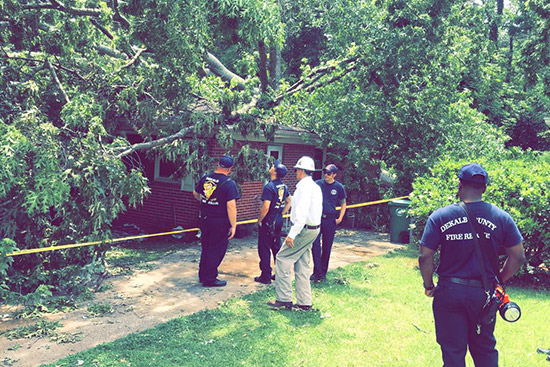
The urgency, crew availability, and the heightened risks and hazards inherent in emergencies make emergency tree removal services more costly.
The subsequent sections will discuss how these elements result in a higher cost for emergency tree removal services.
Urgency and Availability
The urgency and availability of tree removal crews play a significant role in the cost of emergency tree removal services. Tree removal services are generally accessible 24/7, particularly in the case of an emergency. However, safety must be the priority, and any risks should be avoided when removing trees.
Considering seasonality, the optimal time for tree removal services is during the dormant season, generally occurring in February and March, as it tends to be the most cost-effective time for tree removal. However, emergency situations often require immediate action, which can result in higher costs due to the need for rapid response and the potential for additional hazards and risks.
Increased Risks and Hazards
Emergency tree removal can be more hazardous due to a variety of elements. The tree may pose an immediate risk to individuals or property, increasing the danger associated with the removal process. Unstable conditions, such as trees weakened by intense weather events or natural disasters, can leave trees in dangerous conditions, making the removal process more risky.
Limited time for assessment in emergencies may result in a lack of information on potential hazards during the removal process. In addition, certain trees may be more prone to failure due to:
• Structural issues
• Disease
• Species characteristics
• Insect damage
• Other factors
It is essential to hire professional tree removal services in emergency situations to guarantee the safety of the workers and the property.
Summary
In conclusion, the cost of tree removal is influenced by various factors, including the intricacies of the process, risks and hazards, insurance, licensing, labor costs, and additional factors such as tree size, location, and debris removal. Emergency tree removal services, particularly, can be more expensive due to urgency, availability, and increased risks. By understanding these factors, you can make informed decisions when hiring tree removal services and ensure that your tree removal needs are met safely, efficiently, and cost-effectively.
Frequently Asked Questions
What time of year is the cheapest for tree removal?
February and March are the cheapest months for tree removal since demand is lower, and it's easier to work with the trees without leaves or blossoms. During this time, homeowners can save up to 20%, though the savings may be less pronounced in mild climates. It's best to book ahead if you know you'll need tree removal soon.
How much does it cost to cut out a tree?
The average cost to cut down a tree is $1000. However, the total price depends on size, with larger trees typically costing more for removal.
How can seniors get free tree removal in my area?
Local governments, utility companies, and even neighbors may offer free tree removal for seniors or areas at risk of severe weather. Additionally, non-profit organizations and the US Department of Agriculture and Area Agency on Aging Offices offer free tree removal services for the elderly. Be sure to check with your local laws regarding tree removal regulations.
Do tree company owners make money?
Tree service business owners can earn from $100,000 to $300,000 annually and potentially make over a million as they expand their business.
Why is tree removal so expensive?
Tree removal is an intricate and costly process due to the numerous elements such as complexity, risks, insurance, labor costs, and other considerations like the tree size and location.
This article was first published on: https://www.72tree.com/understanding-why-is-tree-removal-so-expensive/
